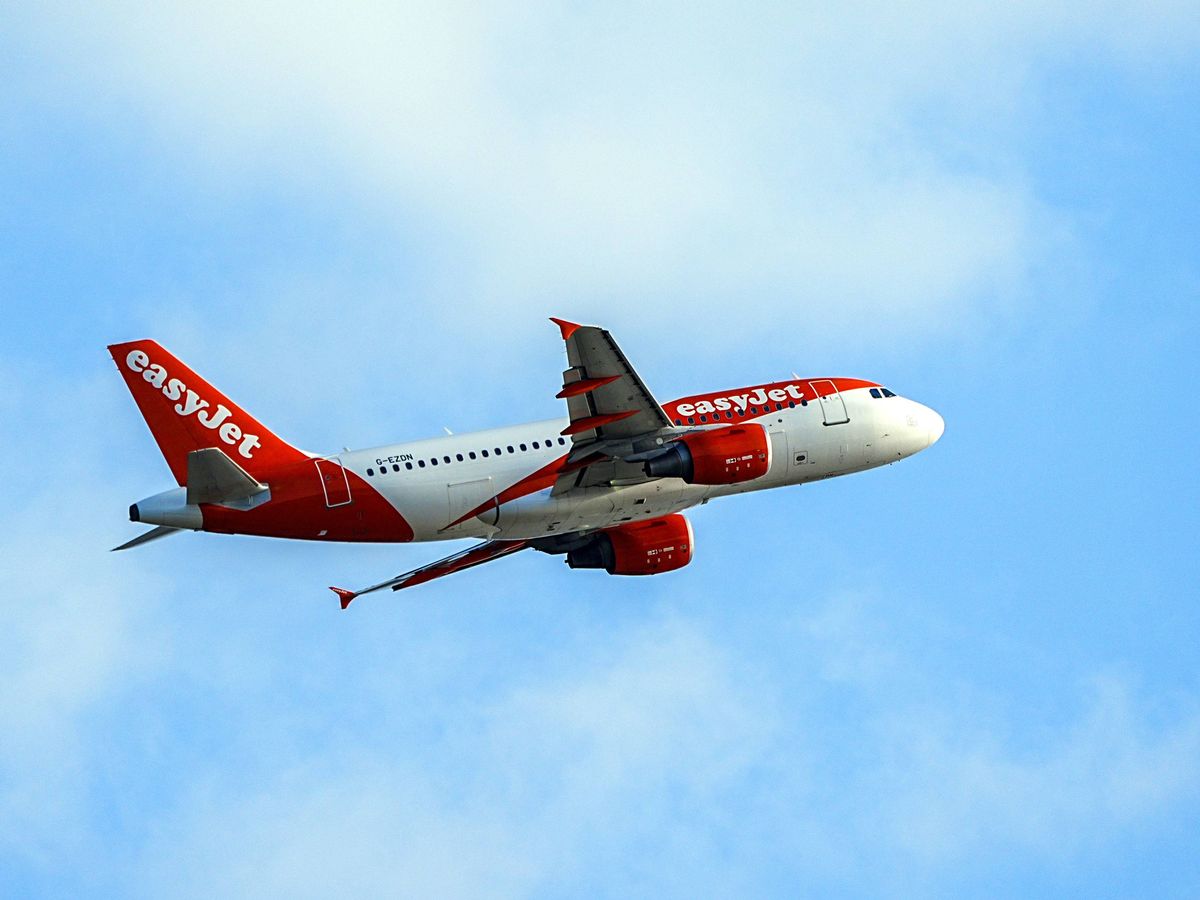By Ashley Bautista,Hannah Ahmed
Copyright mirror

EasyJet has sounded the alarm over a series of “important changes” to border controls for Brits heading to the EU from next month. The budget airline is warning passengers that from October 12 the fresh Entry/Exit System (EES) will swap manual passport stamping for an automated system that gathers biometric information. This means your face will be photographed and fingerprints taken to help handle travellers “more efficiently,” the low-cost carrier explained, no matter which airline you’re flying with. It continued by making clear that youngsters under 12 won’t need to undergo the fingerprinting process. EasyJet’s announcement stated: “From October 12, 2025, the Entry/Exit System (EES) will replace manual passport stamping with an automated process that collects biometric data (facial photo and fingerprints) to help process travellers more efficiently. Children under 12 are exempt from fingerprinting.” It explained: “Non-EU nationals visiting one of the 25 EU Member States or 4 Schengen Associated Countries for short stays may be affected – read the full list of participating countries. You may experience longer wait times at passport control while the system is being rolled out.” The Foreign Office had previously issued fresh guidance for all affected Schengen nations: “New Schengen entry requirements.” From October 12 2025, the European Union’s (EU) new Entry/Exit System (EES) will commence. When journeying into and out of the Schengen zone, for brief visits, you may be required to: “If you enter the Schengen area through the Port of Dover, Eurotunnel at Folkestone or St Pancras International, this information will be taken at the border, before you leave the UK.” “You may also need to provide either your fingerprint or photo when you leave the Schengen area. EES may take each passenger a few extra minutes to complete so be prepared to wait longer than usual at the border once the system starts.” The European Commission has also previously outlined the reasoning behind the scheme, with a spokesperson explaining: “The EES is an advanced technological system that will digitally record the entries and exits of non-EU nationals travelling to 29 European countries, including Schengen Associated ones, for short stays.” “It will capture biometric data, such as fingerprints, facial image, and other travel information, gradually replacing the current system of passport stamping. The EES will modernise and improve the management of EU external borders. It will provide reliable data on border crossings, systematically detect overstayers as well as cases of document and identity fraud.” It continued: “The EES will thus contribute to preventing irregular migration and protecting the security of European citizens. Additionally, with the increased use of automated border checks, travelling will become smoother and safer for all. The new system meets the highest standards of data and privacy protection, ensuring that travellers’ personal data remain protected and secure.” By the end of the six-month process for the EES scheme, it is anticipated that the rollout will be complete., reports Birmingham Live . This gradual approach is deemed crucial to allow border authorities, the transport industry, and travellers to adapt to the new procedure step by step.



